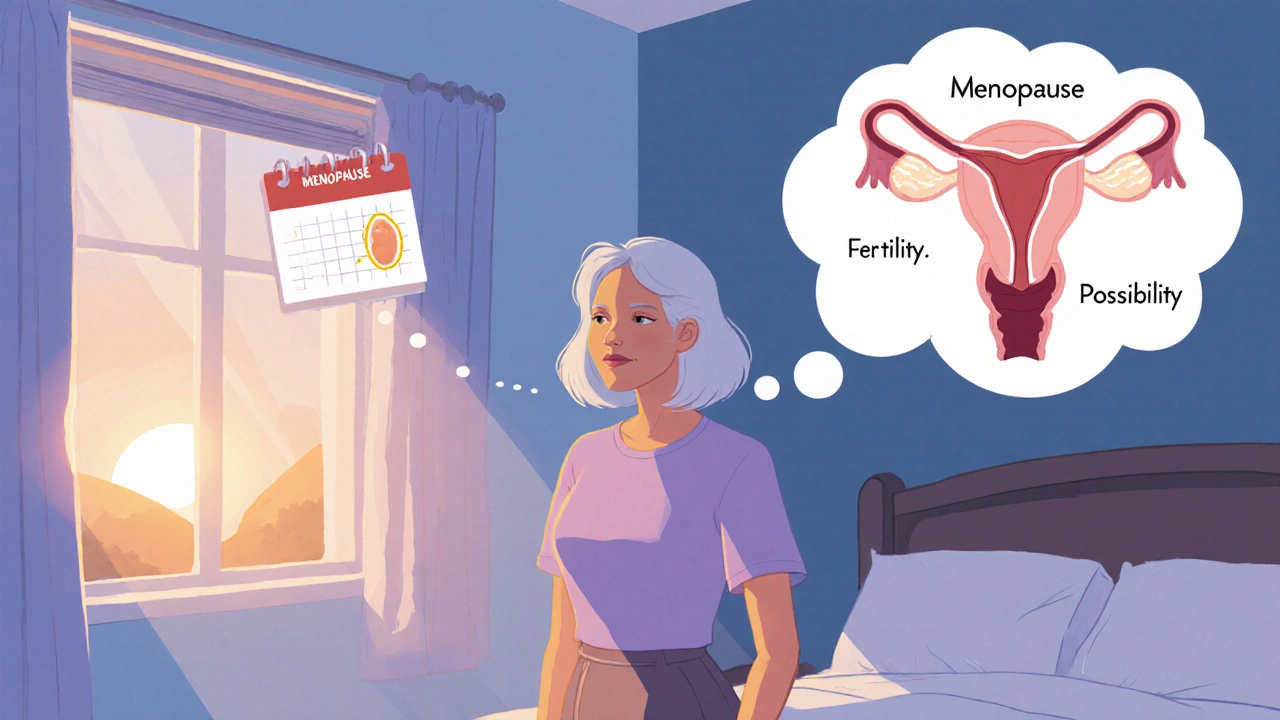Menopause: Your Complete Guide to Symptoms, Treatments, and Health Changes
When talking about Menopause, the natural transition marking the end of menstrual cycles, usually occurring between ages 45 and 55. Also known as the climacteric, it brings a mix of hormonal shifts, physical signs, and emotional adjustments that affect daily life.
Key Areas to Explore
Hormone therapy offers targeted estrogen and progesterone delivery to ease hot flashes, night sweats, and sleep disruptions. It’s often paired with lifestyle tweaks and can reduce the risk of long‑term bone loss, making it a central tool for many navigating this stage.
Bone health becomes a priority as declining estrogen speeds up bone density loss, raising osteoporosis risk. Calcium‑rich foods, weight‑bearing exercise, and sometimes bisphosphonates or selective estrogen receptor modulators are recommended to keep the skeleton strong.
Vaginal health can suffer from dryness, itching, and irritation due to lower estrogen levels. Over‑the‑counter moisturizers, low‑dose estrogen creams, and regular sexual activity help maintain comfort and tissue integrity.
Mood changes such as irritability, anxiety, or mild depression often accompany hormonal fluctuations. Mind‑body strategies, counseling, and, when needed, antidepressants can balance mood while addressing the underlying endocrine shift.
Each of these areas interlinks: hormone therapy can protect bone health, improve vaginal moisture, and smooth mood swings. Understanding how they fit together lets you choose the right mix of meds, nutrition, and habits for a smoother transition.
Below you’ll find a curated set of articles that dive deeper into drug safety, symptom trackers, and practical tips. Whether you’re looking for dosage guidance, lifestyle hacks, or answers to specific concerns, the collection offers clear, evidence‑based information to empower your menopause journey.
Menopause and Fertility Options Explained
- Laura Ledas
- Oct, 17 2025
Explore how menopause affects fertility and learn real options-egg donation, IVF, HRT, and surrogacy-to help you decide the best path to parenthood after menopause.
Learn MoreEstriol and Heart Health: Can It Help Protect Your Heart?
- Laura Ledas
- Sep, 28 2025
Explore how estriol, a mild estrogen, may impact heart health. Learn the science, compare it to other estrogens, and get practical tips for safe use.
Learn More
